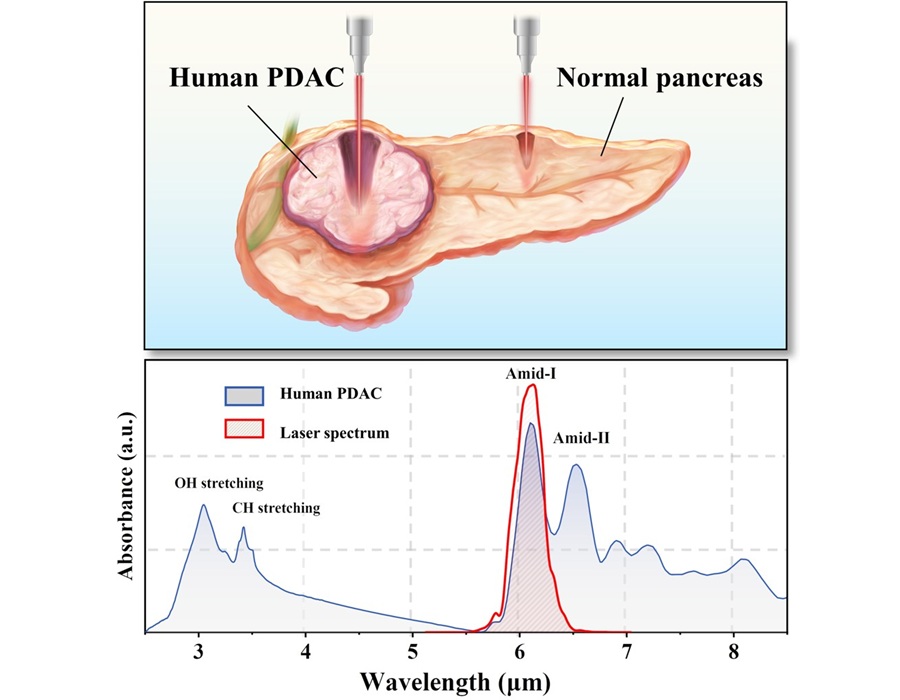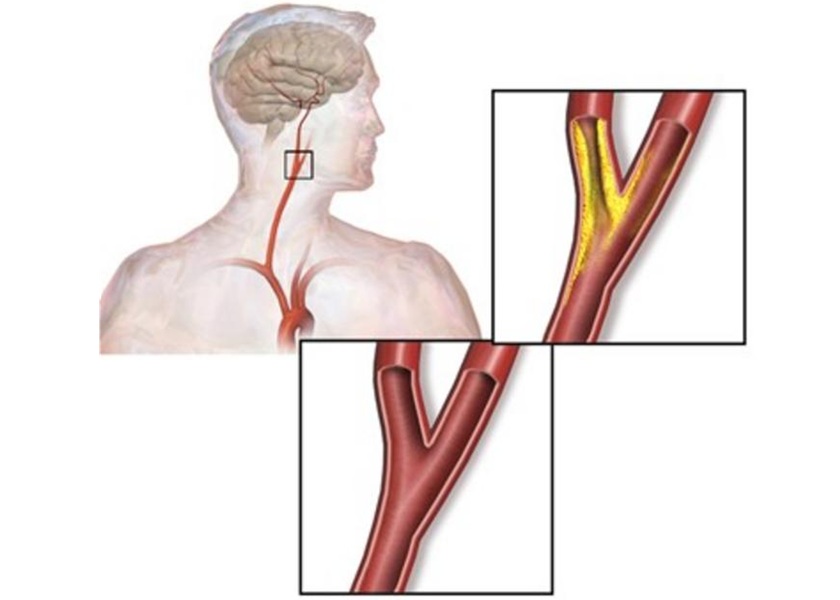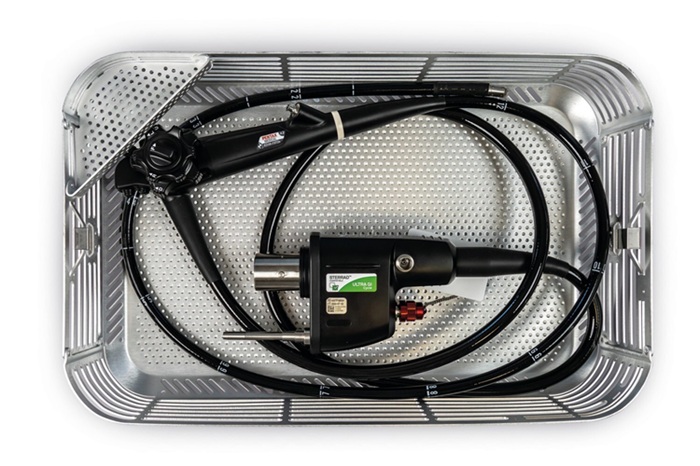Hospital Staff Fear More for Patients Than for Themselves
|
By HospiMedica International staff writers Posted on 01 Jan 2014 |
A new survey reveals that while clinicians and nurses are susceptible to work injuries, the risk of patient injury is a greater concern.
Undertaken by research firm Business Research Group (BRG; London, United Kingdom) for Nurture (Grand Rapids, MI, USA), which provides user-centered solutions in healthcare, the 303 online surveys were conducted between July 31 and August 30, 2013, by US respondents with at least one year of experience with patient care that included registered nurses (RNs), licensed practical nurses (LPNs), nursing managers, physical therapists, and occupation therapists, with equal representation of the four US regions (Northeast, Midwest, South, and West) and Canada.
According to the survey, clinicians and nurses are highly vulnerable to work injuries, causing them to miss shifts or alter their activities while on the job. The bulk of injuries are due to patient transfers, where one in three clinicians and nurses has experienced an injury in moving patients from bed to chair. Nearly half (47%) of those surveyed perform patient transfers more than once a week. While a vast majority reports a low to moderate level of fear/concern around their jobs, risk of patient injury (31%) is a greater concern amongst surveyed clinicians and nurses than risk of personal injury (20%).
Conversely, patient injuries occur less often than staff injuries; while 35% of clinicians and nurses reported being injured at least once on the job, only 10% reported at least one of their patients has been injured while on the job. To maintain health and safety on the job, most clinicians and nurses rely on help from colleagues (74%) or choose to stay fit (65%). While half feel their work environment is supportive in preventing discomfort, injury, or pain, the most desired change clinicians and nurses want out of their work environment centers around updating equipment and furniture (25%), followed by rearranging the physical space to be better aligned with patient needs (23%).
“Given clinicians and nurses have so much direct contact with patients, their roles are becoming ever more important to the healthcare environment and patient satisfaction,” said Alan Rheault, director of industrial design at Nurture. “Yet we find that clinicians and nurses still experience a high rate of injuries on the job despite working in supportive environments, which then begs the question: What does the healthcare industry need to do to ensure caregivers’ work environments pose lower risk and encourage greater well-being for everyone?”
Related Links:
Business Research Group
Nurture
Undertaken by research firm Business Research Group (BRG; London, United Kingdom) for Nurture (Grand Rapids, MI, USA), which provides user-centered solutions in healthcare, the 303 online surveys were conducted between July 31 and August 30, 2013, by US respondents with at least one year of experience with patient care that included registered nurses (RNs), licensed practical nurses (LPNs), nursing managers, physical therapists, and occupation therapists, with equal representation of the four US regions (Northeast, Midwest, South, and West) and Canada.
According to the survey, clinicians and nurses are highly vulnerable to work injuries, causing them to miss shifts or alter their activities while on the job. The bulk of injuries are due to patient transfers, where one in three clinicians and nurses has experienced an injury in moving patients from bed to chair. Nearly half (47%) of those surveyed perform patient transfers more than once a week. While a vast majority reports a low to moderate level of fear/concern around their jobs, risk of patient injury (31%) is a greater concern amongst surveyed clinicians and nurses than risk of personal injury (20%).
Conversely, patient injuries occur less often than staff injuries; while 35% of clinicians and nurses reported being injured at least once on the job, only 10% reported at least one of their patients has been injured while on the job. To maintain health and safety on the job, most clinicians and nurses rely on help from colleagues (74%) or choose to stay fit (65%). While half feel their work environment is supportive in preventing discomfort, injury, or pain, the most desired change clinicians and nurses want out of their work environment centers around updating equipment and furniture (25%), followed by rearranging the physical space to be better aligned with patient needs (23%).
“Given clinicians and nurses have so much direct contact with patients, their roles are becoming ever more important to the healthcare environment and patient satisfaction,” said Alan Rheault, director of industrial design at Nurture. “Yet we find that clinicians and nurses still experience a high rate of injuries on the job despite working in supportive environments, which then begs the question: What does the healthcare industry need to do to ensure caregivers’ work environments pose lower risk and encourage greater well-being for everyone?”
Related Links:
Business Research Group
Nurture
Latest Critical Care News
- Faster Lymph Flow Predicts Better Response to Diuretics in Acute Heart Failure
- New Global Recommendations Aim to End Deaths from Postpartum Hemorrhage
- 'Flat-Line ECG' Indicates Poor Outcomes for Out-Of-Hospital Cardiac Arrest
- New Guidance to Improve Diagnosis and Management of Heart Failure During Pregnancy and Postpartum
- Unified Framework Establishes New Global Standard for Precision Medicine in Sepsis and Critical Care
- Cold Plasma Penetrates Deep into Tissue to Fight Cancer
- Radioactive Microscopic Beads Could Treat Patients with Kidney Cancer
- First-Ever Medical Technology Regrows Nerves and Stops Amputations in Diabetic Patients
- AI Tool Reduces Serious Complications and Readmissions After Colorectal Cancer Surgery
- Time-Released Gel Eliminates Residual Brain Tumor Cells Post Resection
- Handheld Sensor Could Replace Blood Tests for Health Monitoring
- 3D-Printed Carbon Nanotube Sensors to Enable Smart Health Monitoring
- Wearable ‘Microscope in a Bandage’ Fastens Wound Healing
- Virus Cocktail to Combat Superbugs Offers New Precision Medicine Approach for Hospitals Battling AMR
- Smart Biosensors Could Be Game-Changer for Wearable Health Tech
- Brainwave Test Detects Memory Decline Years Before Alzheimer’s Diagnosis
Channels
Surgical Techniques
view channel
Laser-Based Technique Eliminates Pancreatic Tumors While Protecting Healthy Tissue
Pancreatic ductal adenocarcinoma (PDAC) is the most common and deadliest form of pancreatic cancer, ranking as the third leading cause of cancer-related deaths worldwide. Current tumor ablation techniques—using... Read more
Surgical Treatment of Severe Carotid Artery Stenosis Benefits Blood-Brain Barrier
Carotid artery stenosis occurs when fatty or calcified deposits narrow the carotid arteries, the primary vessels supplying oxygen-rich blood to the brain. This condition reduces blood flow, increases the... Read more
Revolutionary Reusable Duodenoscope Introduces 68-Minute Sterilization
Cross-contamination during endoscopic procedures has remained a persistent challenge for healthcare providers, posing risks to both patients and hospitals. While advances in endoscope reprocessing have... Read more
World's First Transcatheter Smart Implant Monitors and Treats Congestion in Heart Failure
Heart failure is one of the leading causes of hospitalization worldwide, with millions of patients requiring ongoing treatment to manage congestion. Current therapies often involve tracking remotely measured... Read morePatient Care
view channel
Revolutionary Automatic IV-Line Flushing Device to Enhance Infusion Care
More than 80% of in-hospital patients receive intravenous (IV) therapy. Every dose of IV medicine delivered in a small volume (<250 mL) infusion bag should be followed by subsequent flushing to ensure... Read more
VR Training Tool Combats Contamination of Portable Medical Equipment
Healthcare-associated infections (HAIs) impact one in every 31 patients, cause nearly 100,000 deaths each year, and cost USD 28.4 billion in direct medical expenses. Notably, up to 75% of these infections... Read more
Portable Biosensor Platform to Reduce Hospital-Acquired Infections
Approximately 4 million patients in the European Union acquire healthcare-associated infections (HAIs) or nosocomial infections each year, with around 37,000 deaths directly resulting from these infections,... Read moreFirst-Of-Its-Kind Portable Germicidal Light Technology Disinfects High-Touch Clinical Surfaces in Seconds
Reducing healthcare-acquired infections (HAIs) remains a pressing issue within global healthcare systems. In the United States alone, 1.7 million patients contract HAIs annually, leading to approximately... Read moreHealth IT
view channel
Printable Molecule-Selective Nanoparticles Enable Mass Production of Wearable Biosensors
The future of medicine is likely to focus on the personalization of healthcare—understanding exactly what an individual requires and delivering the appropriate combination of nutrients, metabolites, and... Read moreBusiness
view channel
Philips and Masimo Partner to Advance Patient Monitoring Measurement Technologies
Royal Philips (Amsterdam, Netherlands) and Masimo (Irvine, California, USA) have renewed their multi-year strategic collaboration, combining Philips’ expertise in patient monitoring with Masimo’s noninvasive... Read more
B. Braun Acquires Digital Microsurgery Company True Digital Surgery
The high-end microsurgery market in neurosurgery, spine, and ENT is undergoing a significant transformation. Traditional analog microscopes are giving way to digital exoscopes, which provide improved visualization,... Read more
CMEF 2025 to Promote Holistic and High-Quality Development of Medical and Health Industry
The 92nd China International Medical Equipment Fair (CMEF 2025) Autumn Exhibition is scheduled to be held from September 26 to 29 at the China Import and Export Fair Complex (Canton Fair Complex) in Guangzhou.... Read more












